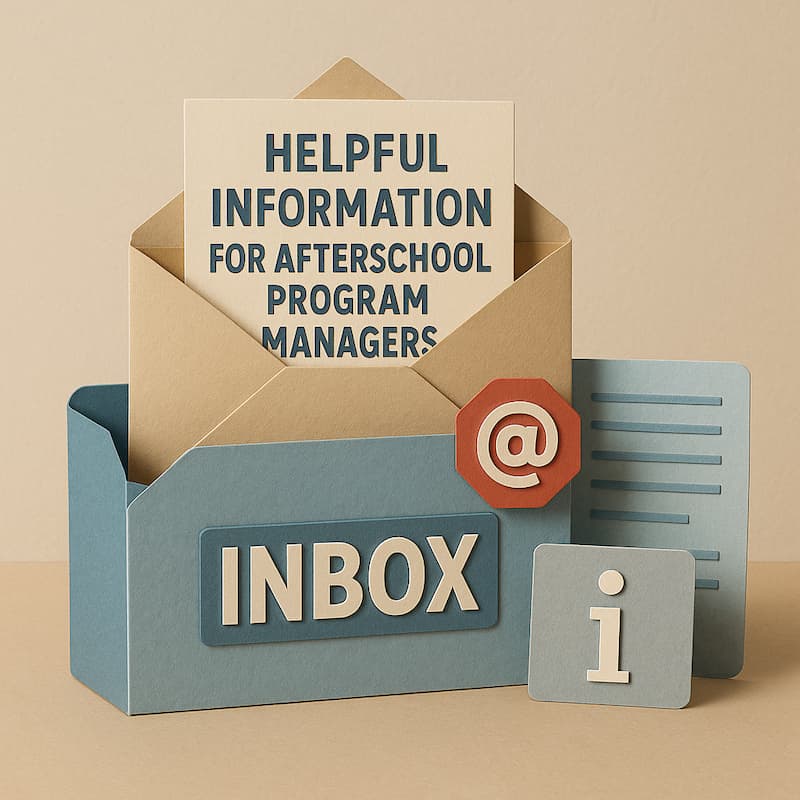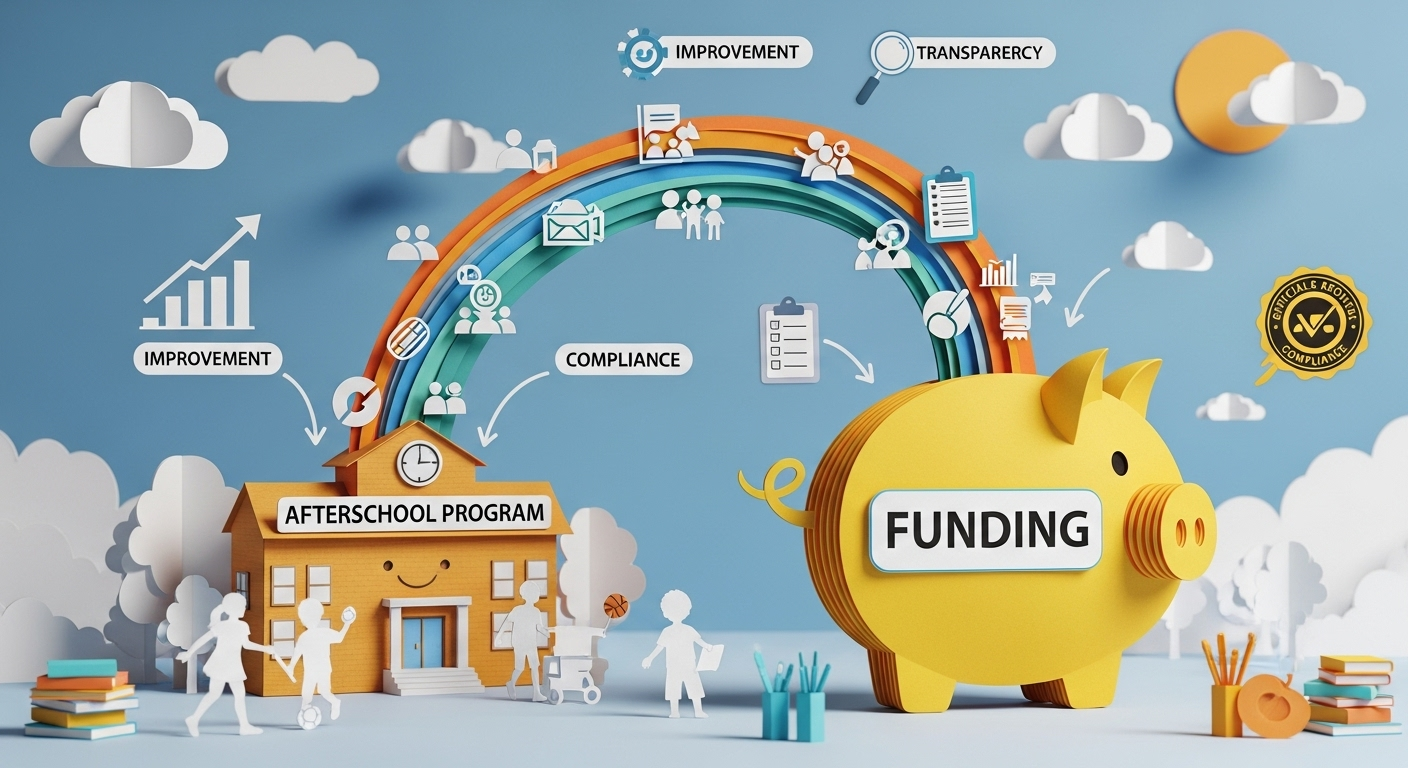
Syncing Your Afterschool Data Seamlessly with CALPADS and Aeries SIS
Syncing Your Afterschool Data Seamlessly with CALPADS and Aeries SIS
Managing afterschool programs and expanded learning in California involves significant administrative responsibilities. A key task is handling student data for state reporting through the California Longitudinal Pupil Achievement Data System (CALPADS). Districts using Aeries as their Student Information System (SIS) require seamless integration between afterschool management software and these core systems. This integration supports efficient CALPADS reporting, ensures data accuracy, and enables program staff to focus more on educational enrichment and student development.
Importance of Connecting Your Systems
Disconnected data systems often burden school staff with repetitive data entry and tedious reconciliation tasks. This fragmented approach can result in errors and inconsistencies in student records across different platforms. Integrating afterschool program data with your district's SIS helps resolve these issues effectively. Accurate maintenance of Statewide Student Identifiers (SSIDs) is critical for CALPADS reporting and depends on this integration.
When your SIS and afterschool systems communicate effectively, staff can significantly reduce manual data entry efforts. For instance, student enrollment details and daily attendance records collected in your afterschool program management software can create reports that are consistent across all of your software. This eliminates repetitive manual input and reduces the likelihood of human error. Consequently, the student information in your afterschool software is directly drawn from official SIS records, simplifying administrative tasks like accessing emergency contact details or special student requirements. Effective integration enables districts to deliver comprehensive and accurate student support throughout the academic year.
Benefits of Automated Data Synchronization
Automated data integration to your afterschool software from your SIS offers practical advantages beyond compliance. Administrative staff gain considerable time savings by eliminating manual data entry, freeing them to concentrate on enriching student activities and program improvement efforts. This time-saving advantage is not trivial. With teachers and educators consistently strapped for time, this allows educators to enhance student engagement rather than managing paperwork.
Automated synchronization also significantly improves data accuracy. Reduced manual handling minimizes errors that can arise during manual data transfer. Accurate data is vital for meeting CALPADS requirements and securing necessary funding. Attendance data, for instance, directly influences funding in programs like the Expanded Learning Opportunities Program (ELOP). Additionally, accurate and accessible contact information simplifies parent communications, enabling staff to promptly inform families about events, schedule changes, or student progress. Enhanced parent-school interactions strengthen community relationships, directly benefiting student experiences.
Creating an Effective Data Environment
Establishing a robust data environment requires careful planning and implementation. Start by evaluating your current systems and identifying integration points between your SIS and afterschool management platform. Consider factors such as data security, user permissions, and compliance requirements when designing your integration strategy.
Regular data validation procedures help maintain accuracy across all systems. Implement automated checks to identify discrepancies between your SIS and afterschool program data. Schedule periodic reviews to ensure data integrity and address any synchronization issues promptly. Training staff on proper data management procedures ensures consistent practices across your organization.
Technical Implementation Considerations
Successful integration requires attention to technical details and ongoing maintenance. Work with your IT department and software vendors to establish secure data transfer protocols. Ensure that all systems comply with student privacy regulations and district security policies.
Consider the timing and frequency of data synchronization. Real-time updates may be ideal for some data elements, while batch processing might be more appropriate for others. Establish clear procedures for handling data conflicts and exceptions that may arise during the synchronization process.
Measuring Success and Continuous Improvement
Monitor the effectiveness of your data integration by tracking key metrics such as data accuracy rates, time savings, and user satisfaction. Regular assessment helps identify areas for improvement and ensures that your integration continues to meet program needs.
Gather feedback from staff members who work with the integrated systems daily. Their insights can help identify workflow improvements and additional integration opportunities. Stay informed about updates to CALPADS requirements and SIS capabilities to ensure your integration remains current and effective.
Future-Proofing Your Data Strategy
As technology evolves and reporting requirements change, maintaining flexible and adaptable data systems becomes increasingly important. Plan for scalability and consider how your integration strategy will accommodate future growth and changing needs.
Stay engaged with professional development opportunities and industry best practices related to education data management. Building internal expertise and maintaining strong vendor relationships will help ensure the long-term success of your data integration efforts.
By implementing effective data synchronization between your afterschool programs, Aeries SIS, and CALPADS, you create a foundation for improved efficiency, accuracy, and student success. This investment in data infrastructure pays dividends through reduced administrative burden, enhanced compliance, and better outcomes for the students and families you serve.






